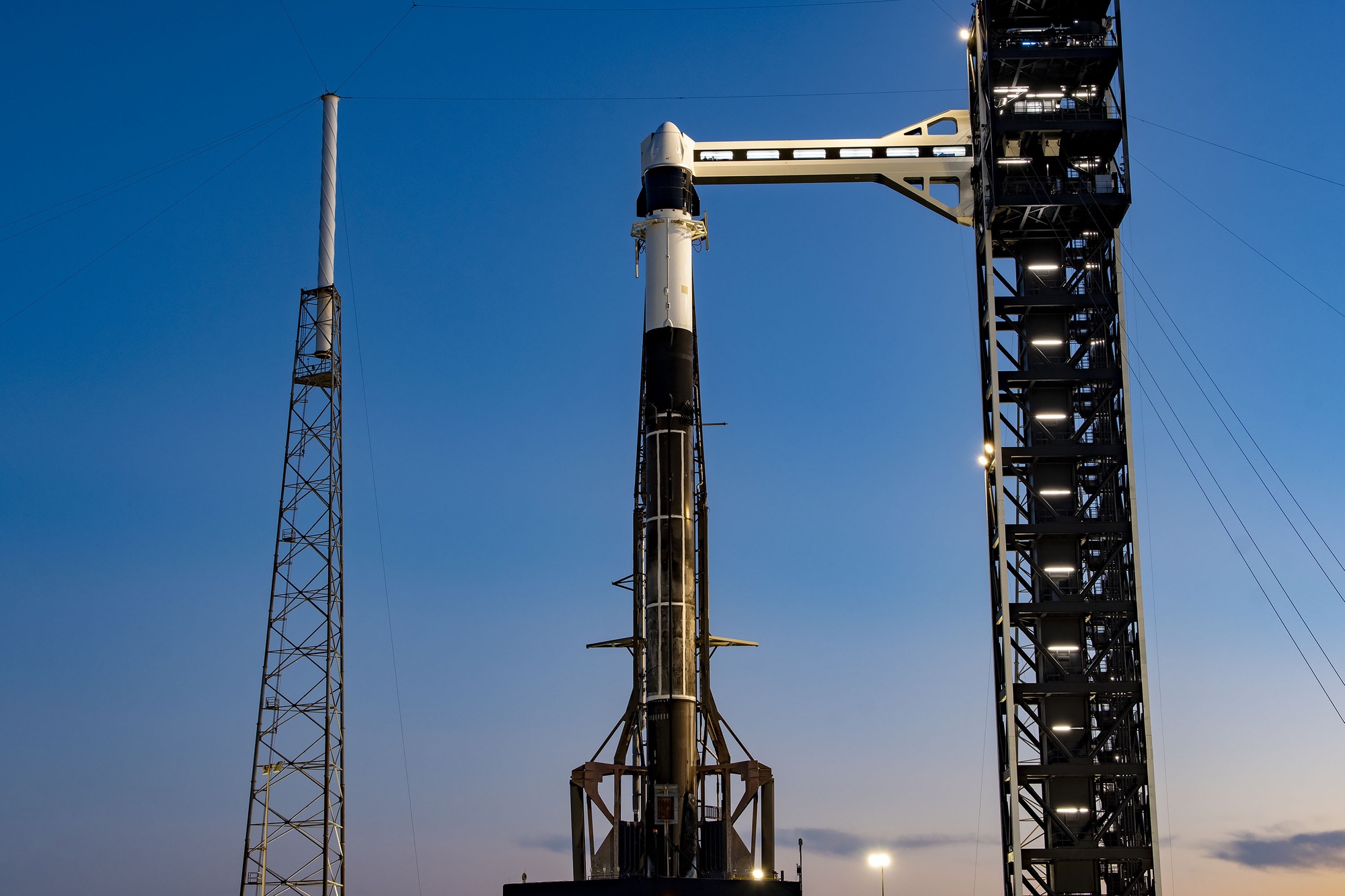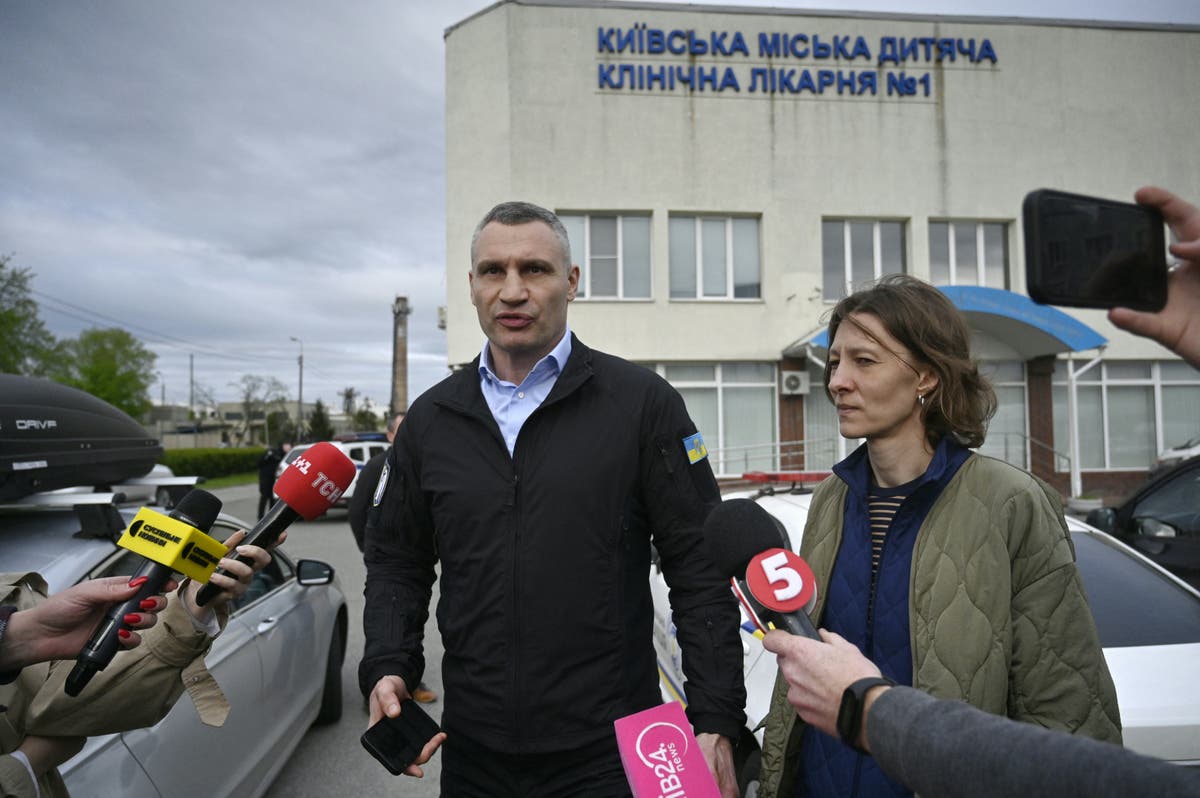WASHINGTON — A cargo spacecraft launched towards the International Space Station March 21, hours after a rare last-minute abort of a Russian Soyuz spacecraft launch to the station.
A Falcon 9 lifted off from Cape Canaveral’s Space Launch Complex (SLC) 40 at 4:55 p.m. Eastern. The rocket’s payload, a cargo Dragon spacecraft, deployed from the Falcon’s upper stage 12 minutes after liftoff.
The Dragon is flying the CRS-30 mission to the ISS and is scheduled to dock with the station at about 7:30 a.m. Eastern March 23, remaining there about a month. The spacecraft is carrying 2,841 kilograms of cargo, including a mix of science experiments, crew supplies and station hardware.
The launch is the first time that the current version of Dragon has launched from SLC-40. SpaceX has utilized nearby Launch Complex 39A for launches of Crew Dragon spacecraft and its cargo variant, using the launch tower and crew access arm there. The last cargo flight from SLC-40 was CRS-20, final launch of the original cargo version of Dragon, in March 2020.
SpaceX has since built a tower at SLC-40 that allows that pad to be used for cargo missions again as well as, eventually, crewed missions. For cargo missions, the crew access arm allows for late loading of time-sensitive cargo about 24 hours before launch.
The new tower at SLC-40 is “nearly functionally identical” to LC-39A, said Sarah Walker, director of Dragon mission management at SpaceX, during a March 19 briefing. The elevator at the new pad is upgraded compared to the one at LC-39A and has a different emergency escape system than the “slide wire” baskets at the older pad. SLC-40 instead uses chutes that can quickly unfurl for people to slide down.
SpaceX built the tower at SLC-40 to serve as a backup to LC-39A, alleviating congestion at the pads such as in February, when the launch of the IM-1 lunar lander mission from LC-39A delayed NASA’s Crew-8 commercial crew mission from the same pad by more than a week. It also provides redundancy should one pad be damaged.
Walker said there was no firm plans yet to launch a crewed mission from SLC-40 as SpaceX works with NASA to finish paperwork to certify use of the pad for NASA commercial crew missions. “They’re on-track to be pencils-down on that for NASA crewed missions ahead of Crew-9, but we’ll move over to SLC-40 when we need to for the manifest.”
Soyuz delay
The CRS-30 launch was originally scheduled to be the second mission to the ISS to launch March 21. Roscosmos had scheduled the launch of the Soyuz MS-25 mission on a Soyuz-2.1a rocket at 9:21 a.m. Eastern.
However, the launch countdown was halted just 20 seconds before liftoff. NASA initially had no details about what caused the hold that scrubbed the launch, and soon ended TV coverage of the launch attempt.
Roscosmos, in a Russian-language statement posted on a social media account several hours later, blamed the scrub on “a voltage drop in the chemical current source,” but did not elaborate. It said the next launch opportunity is March 23 at 8:36 a.m. Eastern. NASA said in its coverage of the scrub that a launch on March 23 would result in a docking two days later; the original plan was for the spacecraft to dock just three hours after a March 21 launch
NASA, in a statement later in the day, said the launch was scrubbed “by ground support equipment due to low voltage reading in the Soyuz rocket electrical system.” The scrub appears to be the first time a Soyuz crewed mission was aborted in the final phases of its countdown.
Soyuz MS-25 is carrying NASA astronaut Tracy C. Dyson, who is going to the station for a six-month stay, along with Roscosmos cosmonaut Oleg Novitskiy and a Belarusian guest cosmonaut, Marina Vasilevskaya. Novitskiy and Vasilevskaya will return about 10 days after docking on Soyuz MS-24 with NASA astronaut Loral O’Hara, who is completing a six-month stay on the ISS. Roscosmos cosmonauts Oleg Kononenko and Nikolai Chub, who launched to the ISS last September with O’Hara on Soyuz MS-24, will remain on the station for an additional six months.
Related

Daisy Hips is a science communicator who brings the wonders of the natural world to readers. Her articles explore breakthroughs in various scientific disciplines, from space exploration to environmental conservation. Daisy is also an advocate for science education and enjoys stargazing in her spare time.








